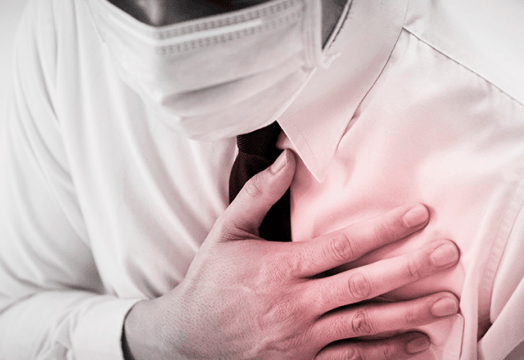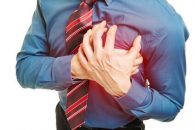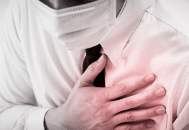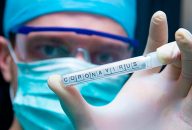The pandemic tsunami of COVID-19 has hit all cath lab services, especially those performing primary PCI. Passively waiting for the first patient suspected of infection only to improvise in the early hours means heading for disaster. Several scientific societies have published recommendations, but not based on clear data. It seems pertinent to bear in mind…
Covid-19 and Unaccounted Collateral Damage
Dr Metzler and collaborators carried out a retrospective search to find out the impact of the Covid-19 pandemic on diagnosis and treatment of acute coronary syndromes during March 2020 in Austria. Basically, they tried to account for the collateral damage we all imagine, but no government reports. During March we observed a significant drop in…
Temporary Emergency Guidelines for Infarction During the Pandemic
Several United States societies (the American Heart Association [AHA] among them) have answered the question of many physicians in the front lines: what is the ideal strategy for the treatment of ST segment elevation myocardial infarction (STEMI) during the COVID-19 pandemic? This document intends to ensure that patients with STEMI continue to receive adequate, proven…
Post-MI Colchicine: Cost-Effective with Good Results
Low colchicine doses reduce the risk of post-AMI ischemic events according to the COLCOT trial, originally presented at AHA 2019 scientific sessions, and simultaneously published in NEJM. The new information delivered at the virtual ACC 2020 addresses its cost-effectiveness. Colchicine is an anti-inflammatory drug indicated in the treatment of gout and pericarditis, but its price…
Cardiovascular Sequelae Associated with COVID-19
Myocardial injury, as defined by an increased troponin level, can occur due to both ischemic and nonischemic processes. Myocarditis would be an example of a nonischemic event. A severe, acute respiratory infection causing hypoxia, especially due to COVID-19, can cause this myocardial injury. Elevated troponin levels have been described in patients infected with COVID-19, with…
Always in Favor of Primary Angioplasty, Even in the Pandemic Era
Compared with fibrinolytic therapy, reperfusion through primary angioplasty is more reliable and durable, and has less complications. This results in a higher net clinical benefit, both in terms of mortality and of reinfarction and bleeding. In the midst of the COVID-19 pandemic, the discussion on the usefulness of thrombolysis has emerged once again. Some societies…
In Favor of the Use of Thrombolytics in Pandemic Times
The Covid-19 pandemic has dramatically altered reperfusion therapy access in patients undergoing ST elevation MI. In these adverse times, it seems prudent to reassess the reperfusion algorithm. Even though primary PCI is the standard reperfusion strategy, to fully benefit from it is essential to keep first medical-contact-to-PCI time between 90 to 120 minutes (depending on…
Management of Infarction During the COVID-19 Pandemic
Patients with cardiovascular disease infected with COVID-19 are at a particular risk for morbidity and mortality. In any case, it should be noted that most patients requiring cardiovascular care due to ischemic heart disease, peripheral vascular disease, or structural heart disease are not infected. Being prepared to face this pandemic is as important as guaranteeing…
How is the Pandemic Affecting MI? The Chinese Experience
ST elevation acute myocardial infarction has high mortality and morbidity rates. It is normally treated with primary PCI. The whole system has established very effective protocols to minimize ischemic time from symptom onset to definite treatment in the cath lab. This study reports the experience in Hong Kong since January 2020, when all emergency protocols…
ST-Segment Elevation Myocardial Infarction in the Time of COVID-19
This study cites the experience of 6 sites during the first month of the COVID-19 pandemic in New York. All patients included had a confirmed diagnosis of coronavirus infection and also ST-segment elevation on electrocardiography. Eighteen patients met these criteria. We are used to large randomized studies; consequently, this small registry of less than 20 people seems to…






